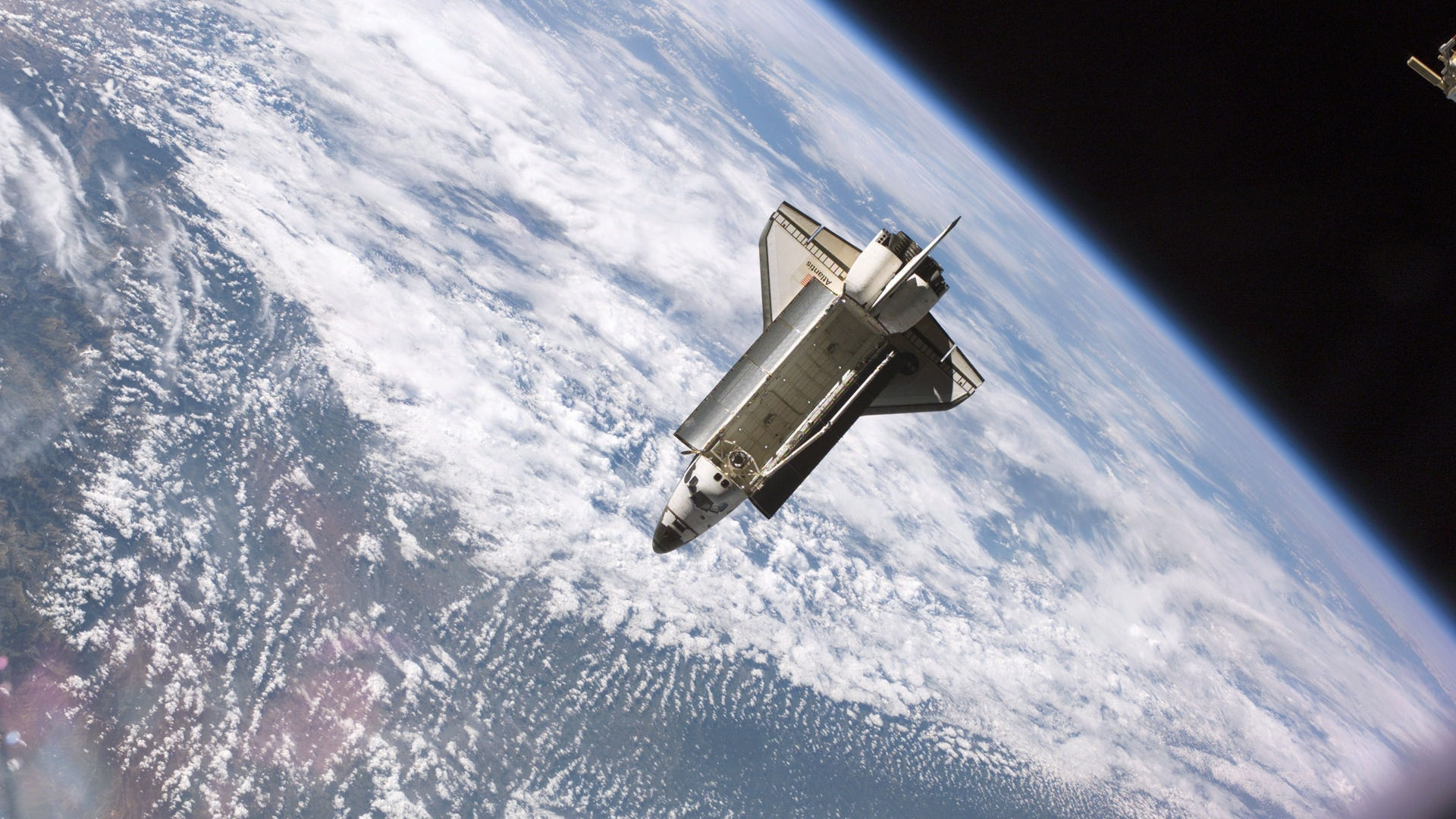
In order to determine the total ∆V for this mission, the satellite must be propagated in the ECI frame and then analyzed in the RSW reference frame
(Hill frame). The ECI and Hill frame are shown in
Fig. 5 and 6, respectively. Propagating the states
of the satellite and debris in the ECI frame
immensely simplifies the problem. Once the
satellite's position and velocity are known in the
Hill frame with respect to the debris, the
rendezvous velocity can be determined. From this,
the required ∆V was determined. Once you apply
the ∆V , the satellite acquires a new velocity. In
fact, the satellite will have a new velocity and
position upon capturing a debris. This must be
accounted for in the propagation.
Approach to Solution
Figure 5. ECI Rerefence Frame [5]
The basic algorithm of this procedure is shown in Fig. 7 below.

Figure 7. Algorithm to Determine Mission ∆V
This process was re-iterated 120 (5 factorial) times to cover all possible debris collection sequences. For example, the algorithm began with sequence [1 2 3 4 5], and ended with [5 4 3 2 1]. The algorithm did determine the minimum and maximum mission ∆V sequence which is shown in the Results section.
Algorithm
Equations
Converting from Classical Orbital Elements to the ECI frame is done by converting to an intermediate PQW frame which is dependent on the orbital elements. The equations to make this rotation matrix are grouped below in Equation Sets (1) and (2).
Equation Set 1. COE2ECI [1]
Converting the states between the ECI and Hill frame is a bit more involved. The equations and algorithms for this process is shown in Algorithm 49 and 50 of Vallado. [1]
The Clohessy-Wilshire (Hill) equations used in this analysis are shown below in Equation set (3).

The rendezvous velocity is the velocity needed to intercept the target debris in a duration of ∆t. The Hill equations can be manipulated to compute the rendezvous velocity. This is done be setting the position in the x, y, and z-direction equal to 0 and then solving for the initial velocities. The result is shown below in Equation set (4). It is important to solve for the y-component first because the x-component is dependent on the initial rendezvous velocity in the y-direction.

Equation Set 3. Hill Equations
Equation Set 4. Hill Equations
Figure 6. RSW Reference Frame [1]
Finally, the two-body propagator used in the analysis has the following procedure:
-
Convert position and velocity in the ECI frame to Classical Orbital Elements (RV2COE)
-
Propagate the mean/true anomaly by ∆t
-
Convert the new Classical Orbital Elements back to position and velocity (COE2RV)



